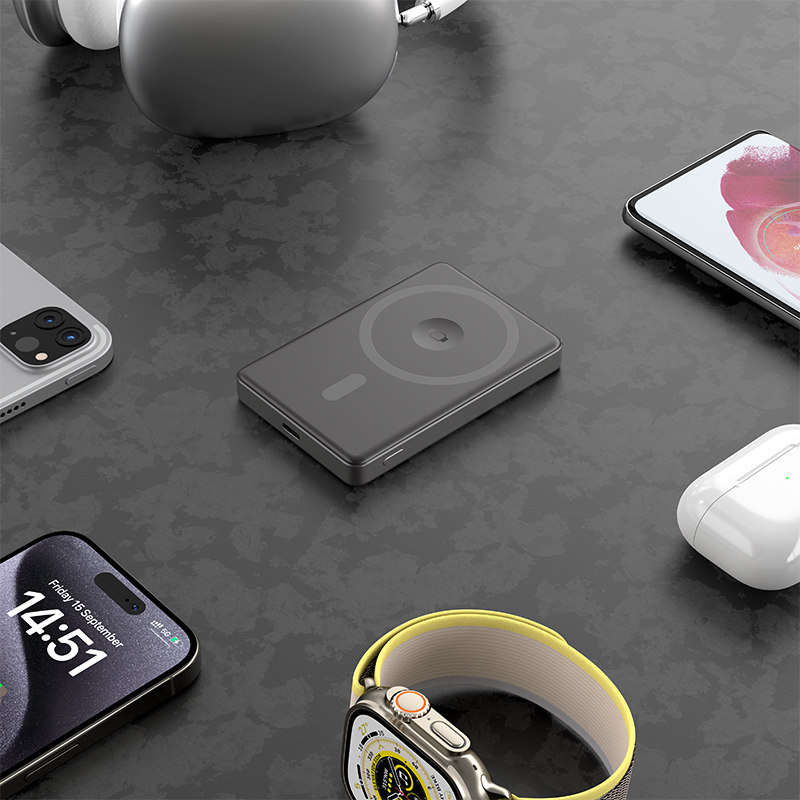In 1890, Nikola Tesla, a physicist and electrical engineer, already conducted wireless power transmission tests. The International System of Units for Magnetic Induction is also named after him. Tesla's wireless power transmission method uses the earth as the inner conductor and the earth ionosphere as the outer conductor. By amplifying the transmitter in a radial electromagnetic wave oscillation mode, a low-frequency resonance of about 8 Hz is established between the earth and the ionosphere. Uses surface electromagnetic waves that surround the earth to transmit energy. However, due to lack of financial resources, Tesla's bold ideas have not been realized. Although future generations have fully confirmed the feasibility of such a solution in theory, the world has not yet achieved unity, and it is impossible for energy broadcasting and free access to be achieved worldwide. Therefore, a great scientific idea was born in this way.

On June 7, 2007, the MIT research team published the research results on the website of the American Science Magazine. The research team successfully applied the resonance to the transmission of electromagnetic waves and "caught" the electromagnetic waves successfully. Using copper coils as electromagnetic resonance devices, one coil was attached to the transmitting power side and the other was receiving the power side. After the transmitter sends out electromagnetic waves of a specific frequency, the electromagnetic field diffuses to the receiver, and the power is wirelessly conducted. This technology, which they call "wireless power", has been able to successfully power a 60-watt light bulb two meters away after many trials. The longest transmission distance of this technology can only reach 2.7 meters, but researchers believe that the power source can already charge the battery within this range. And only need to install a power supply, you can power the entire house electrical appliances.
In February 2014, computer maker Dell joined the A4WP camp. At that time, relevant camp executives stated that they would upgrade the technology and support wireless charging of ultrabooks by computer makers such as Dell. Most of the traditional notebook computers on the market have a power supply of more than 50 watts, but the ultrabook uses Intel's low-power processor and will become the first notebook computers to use wireless charging. Prior to this, wireless charging technology has always been related to "small" mobile devices such as smart phones and small size tablets. However, A4WP ("Alliance for Wireless Power"), one of the three major camps for wireless charging, announced recently that its technical standards have been upgraded and the supported charging power has increased to 50 watts, which means that high-power devices such as laptops and tablets also Can achieve wireless charging.
In October 2017, the mobile phone family supporting wireless charging function ushered in three new members: iPhone 8, iPhone 8 Plus and iPhone X, they all support the Qi wireless charging standard, the purpose is to bring more to users Convenient, the phone itself looks even cooler.